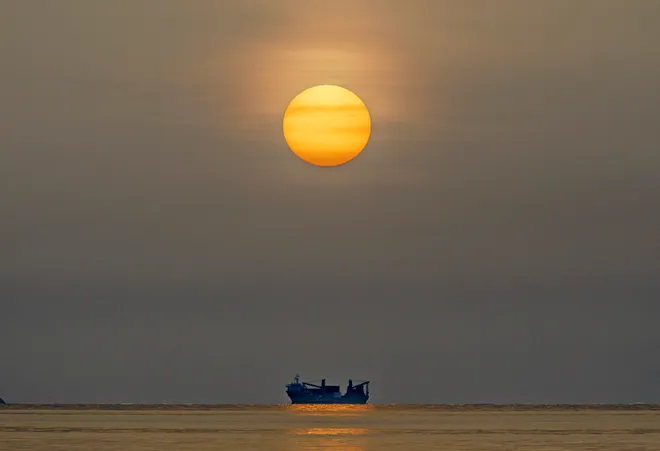What is Saharan dust and how will a large wave of it heading for Florida affect storms?
A Saharan dust plume off Africa's west coast is expected to gust into the Atlantic and the Gulf of Mexico this week, suppressing the development of storms. For now.
The plume in the Atlantic, the largest of the 2024 hurricane season, will throttle tropical development from Africa to the Caribbean.
The natural event is known for stealing moisture from the air as sand, dirt and other dust from North Africa's desert area pivot into the atmosphere.
These plumes are common in the Atlantic basin around late June and early July, according to Michael Lowry, a meteorologist with WPLG-TV in south Florida.
What is Saharan dust?
Saharan dust is made up of sand and mineral particles swept up from 3.5 million square miles of Africa's Sahara Desert.
Also called the Saharan Air Layer (SAL) by the National Oceanic and Atmospheric Administration, the dust forms over the Sahara Desert during the late spring, summer and early fall.
Its dust clouds can travel and impact locations around the globe, thousands of miles away from its African origins. The warmth, dryness and strong winds associated with the dust clouds have been shown to suppress tropical cyclones.
Saharan dust has vibrant sunsets, sunrises
In layman's terms, because of the special way Saharan dust scatters sunlight, the best times of day to spot it are usually a few hours after sunrise and in the late afternoon, according to the SAL website. During the day, the sky will have a hazy white look and sunsets will take on an orange glow.
Technically, the sun's white light is composed of all the colors of the rainbow. Our skies are normally blue because the gases that make up the atmosphere naturally scatter blue hues (shorter wavelengths) as opposed to the yellow-orange-red hues (longer wavelengths).
Sunsets and sunrises take on more yellow and reddish hues because the low-angle sunlight passes through more of the atmosphere before it reaches your eyes. A heavy load of dust in the atmosphere can enhance this effect, leading to longer-lasting, duskier colors that cause vivid sunsets and sunrises.

How does Saharan dust influence weather, climate and hurricanes?
According to the National Weather Service, there are three characteristics of these Saharan dust outbreaks that can affect tropical cyclones, tropical disturbances, and the general climatology of the Atlantic tropical atmosphere:
- Extremely Dry Air: The Saharan Air Layer’s dry, dusty air has about 50% less moisture than the typical tropical atmosphere. This extremely dry air can weaken a tropical cyclone or tropical disturbance by promoting downdrafts around the storm.
- African Easterly Jet: Strong winds in the Saharan Air Layer (25 to 55 mph or 10 to 25 meters per second) can substantially increase the vertical wind shear in and around the storm environment. This “mid-level jet” of enhanced winds, typically found at a height of 6,500 to 14,500 feet (2000 to 4500 meters), can cause tilting of the tropical cyclone vortex with height and can disrupt the storm’s internal heat engine.
- Warm Temperatures: The Saharan Air Layer’s warmth acts to stabilize the atmosphere, which can suppress the formation of clouds. This stabilizing effect is produced when the Saharan Air Layer’s warm, buoyant air rides above relatively cooler, denser air. The Saharan Air Layer’s suspended mineral dust also absorbs sunlight, which helps maintain its warmth as it crosses the Atlantic Ocean.
Disclaimer: The copyright of this article belongs to the original author. Reposting this article is solely for the purpose of information dissemination and does not constitute any investment advice. If there is any infringement, please contact us immediately. We will make corrections or deletions as necessary. Thank you.







